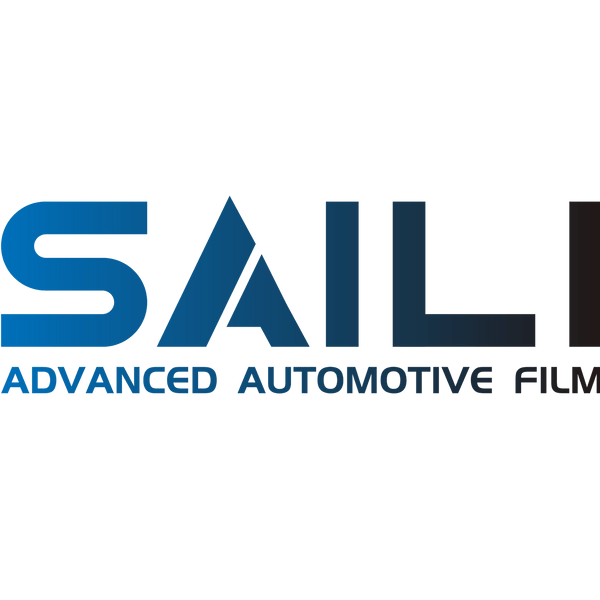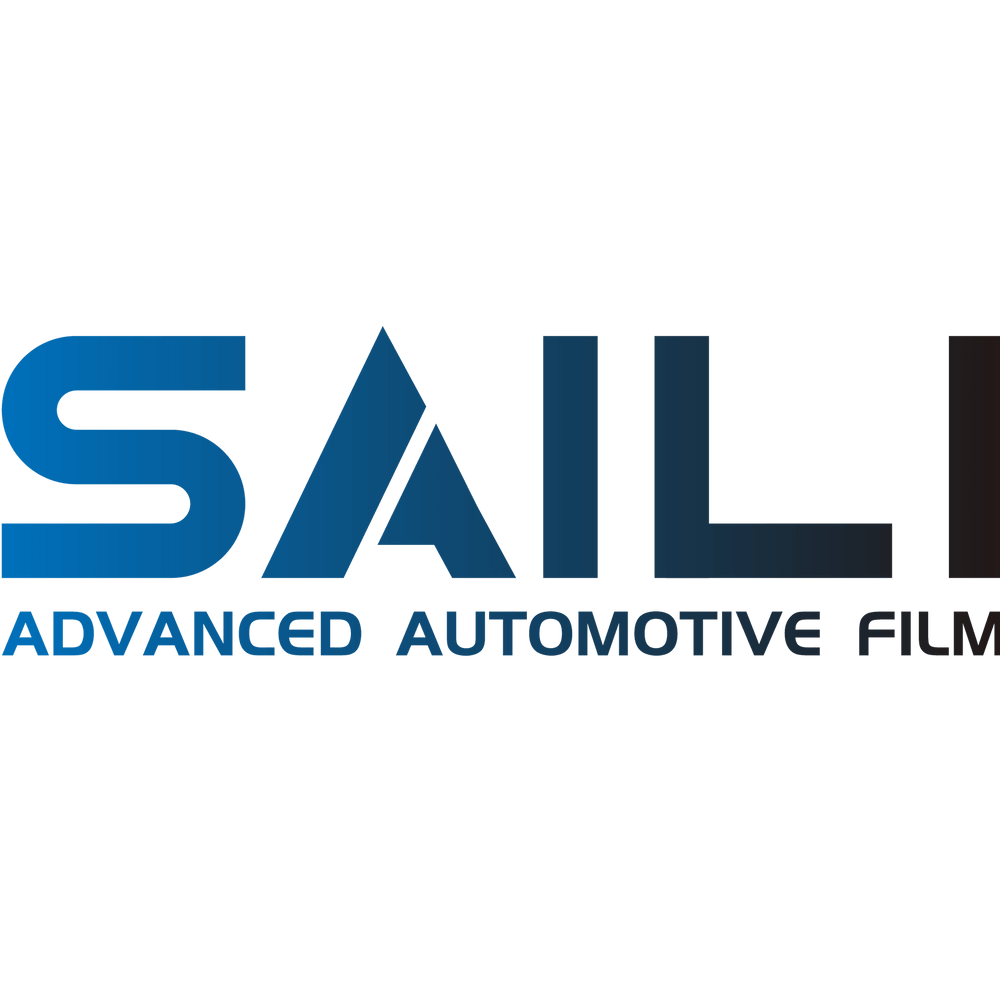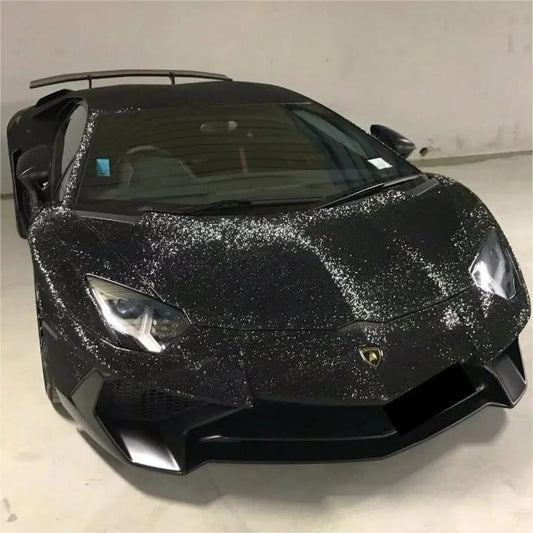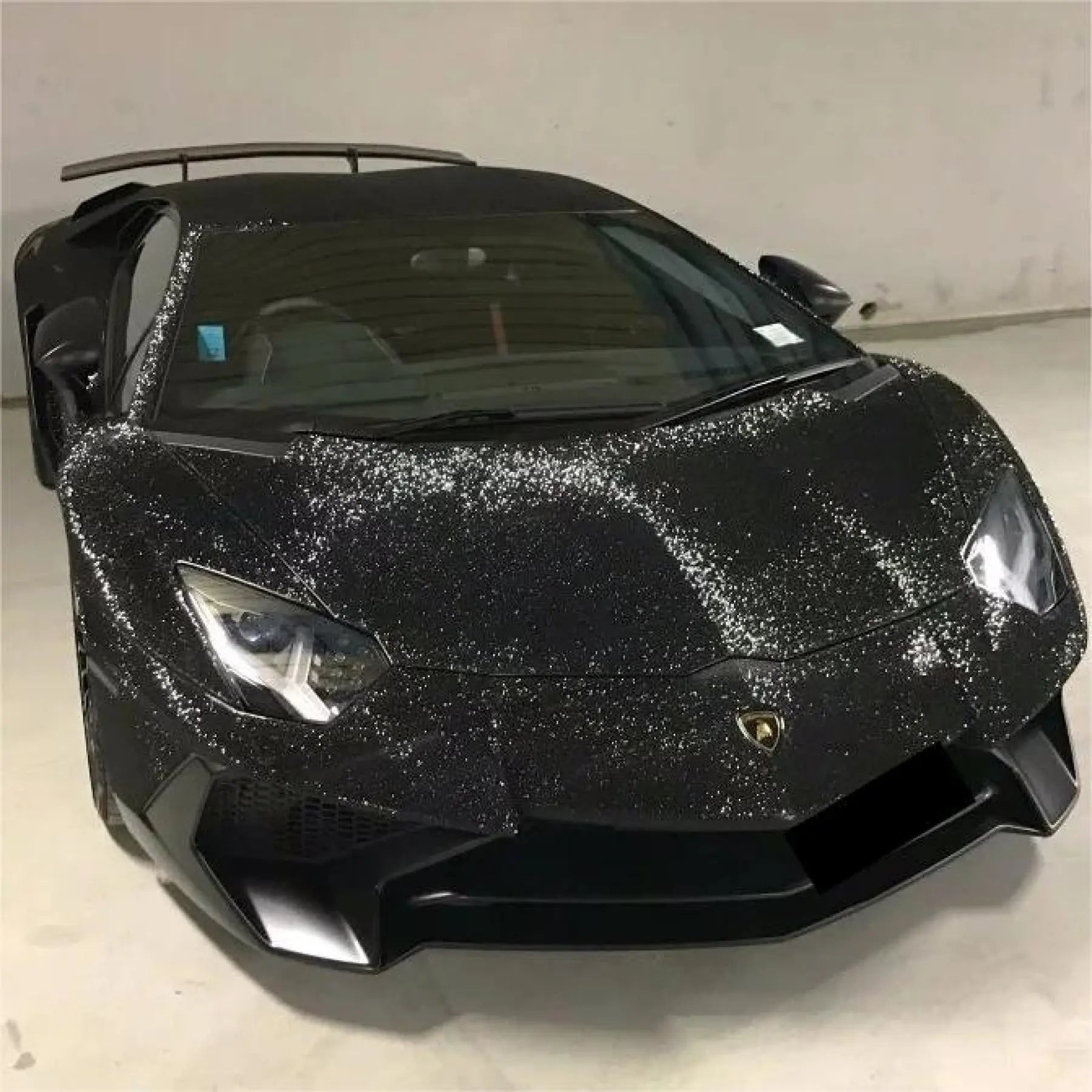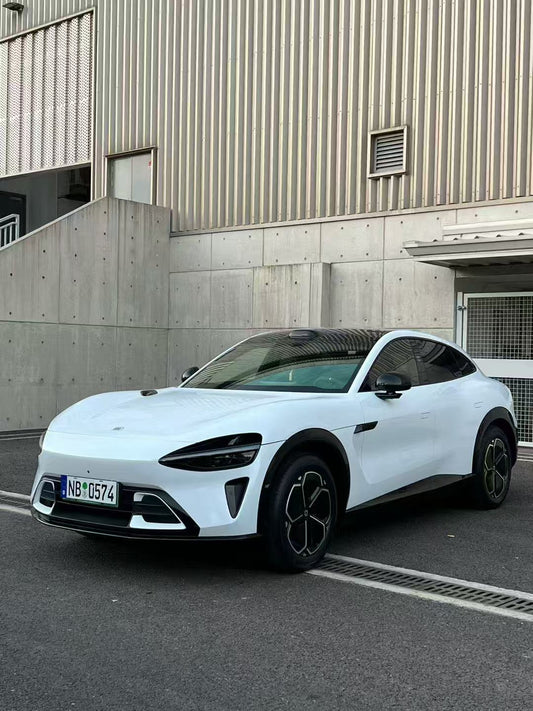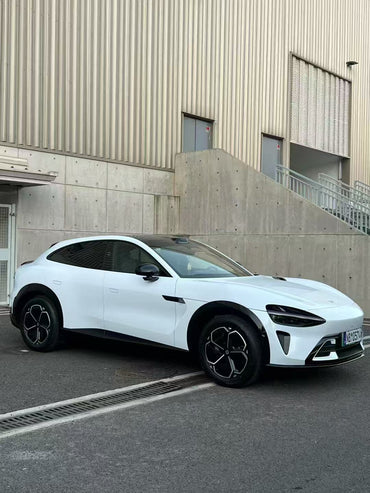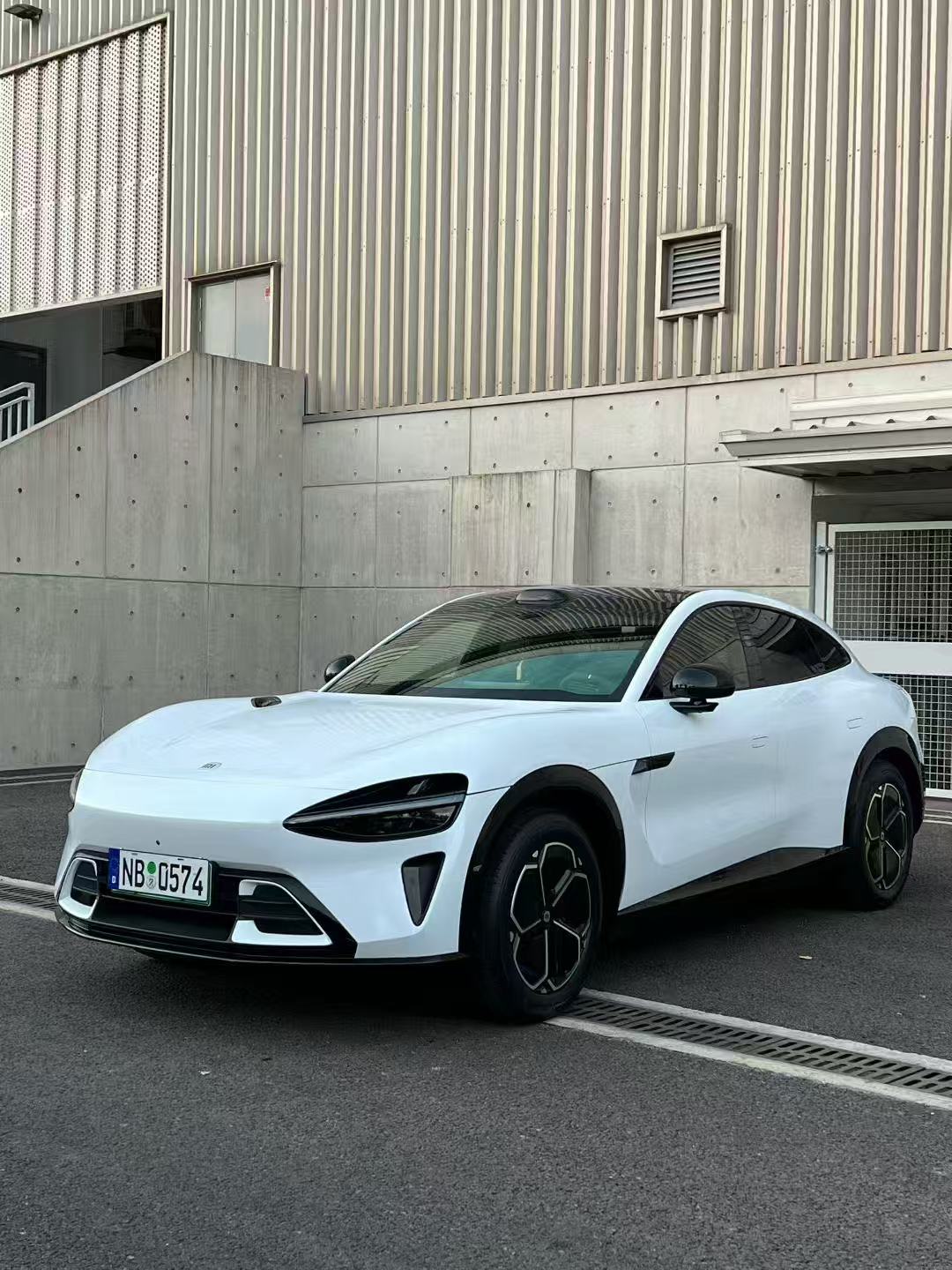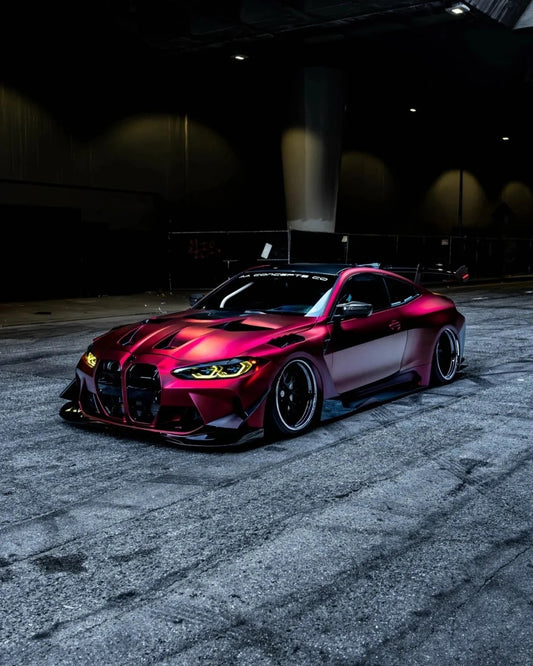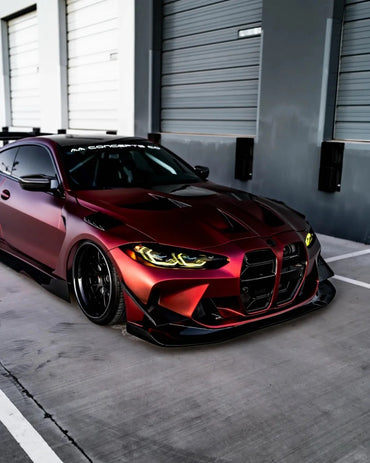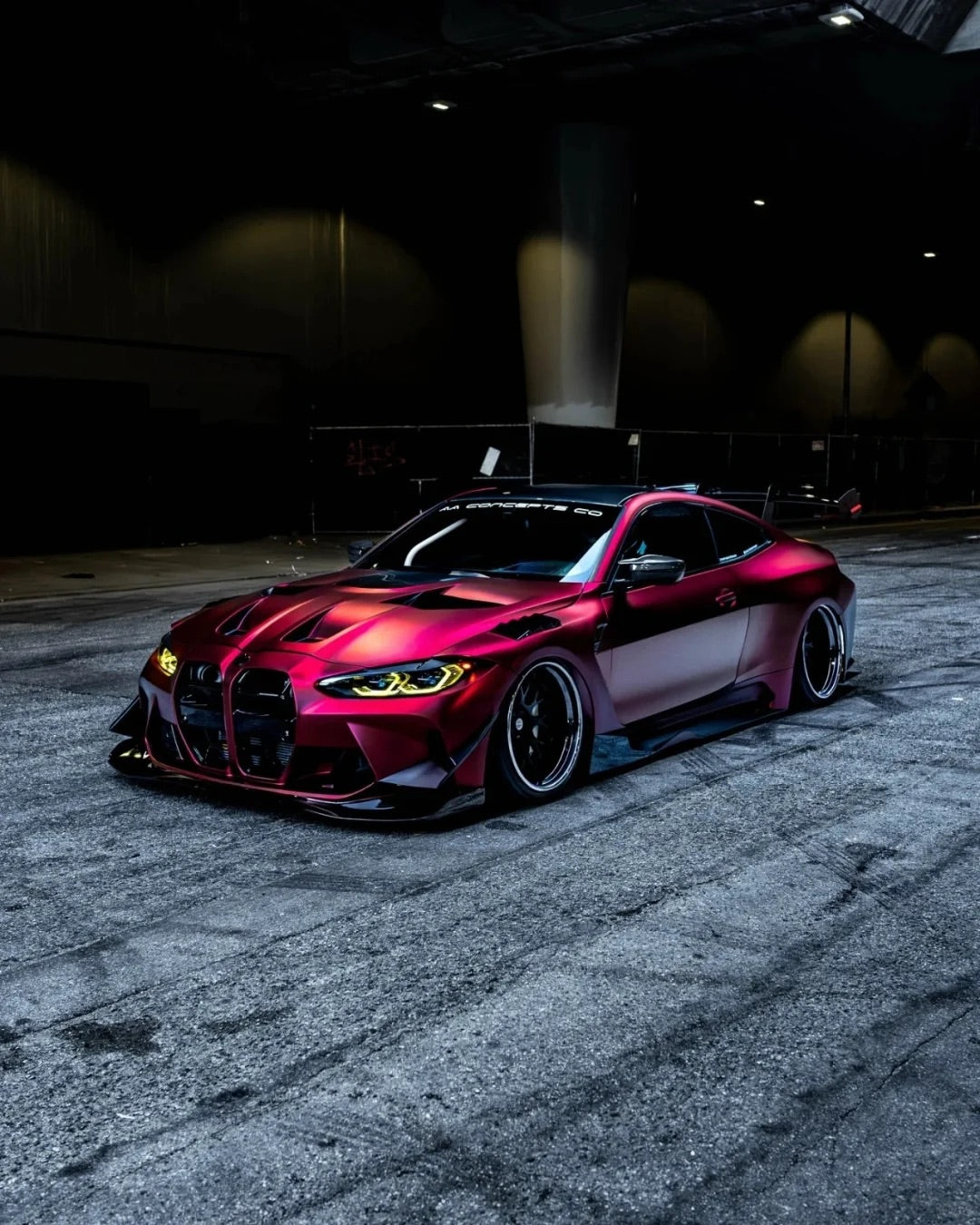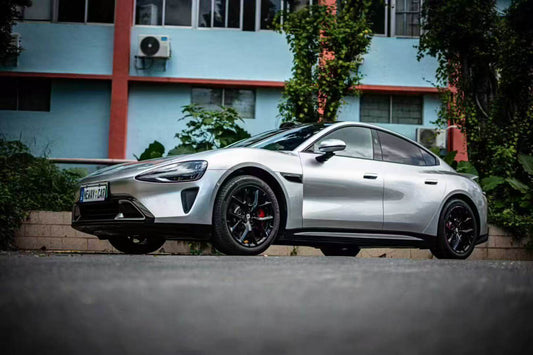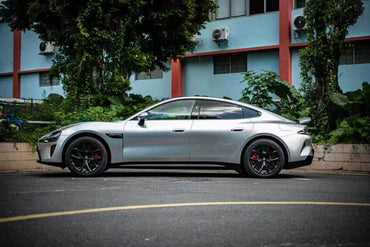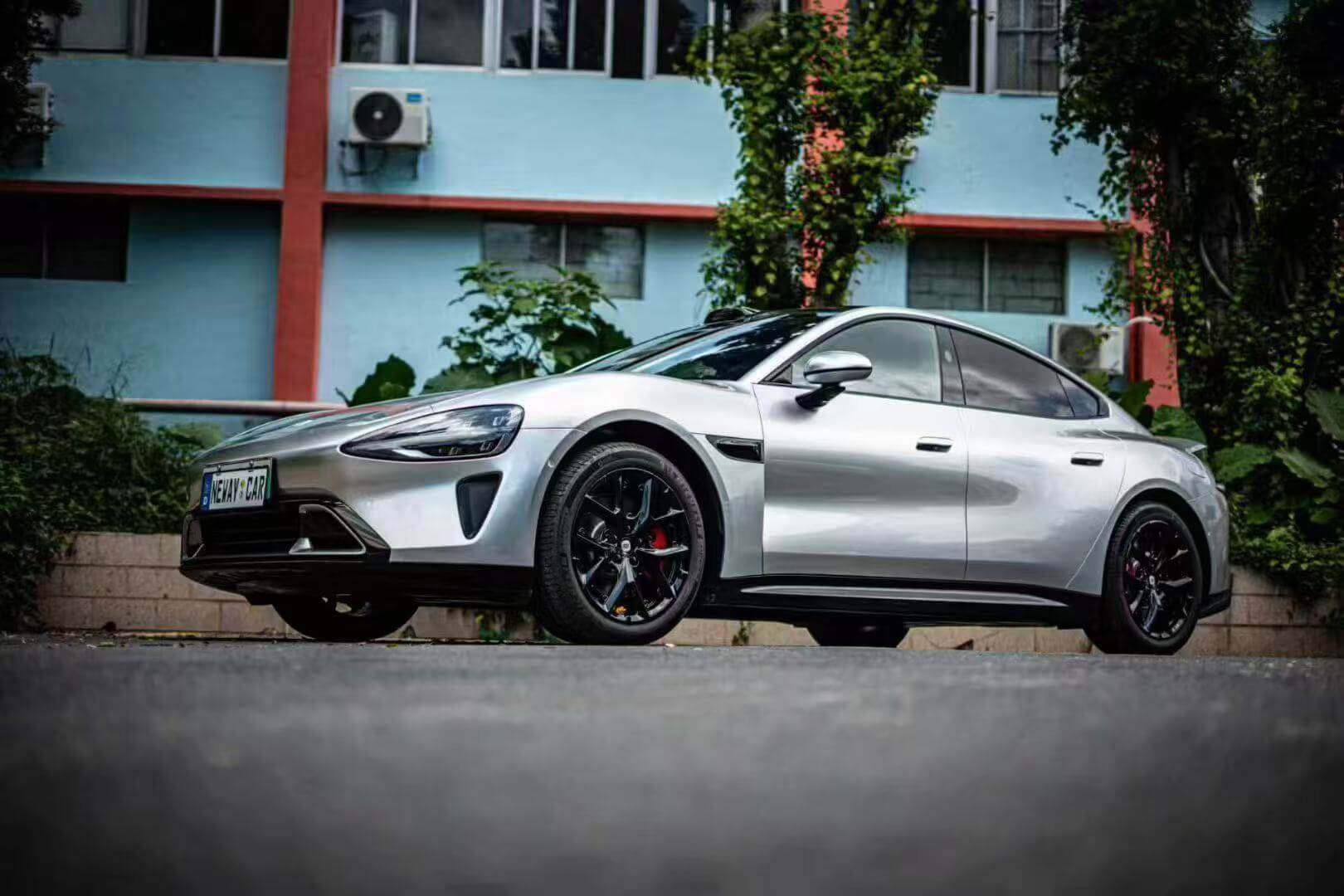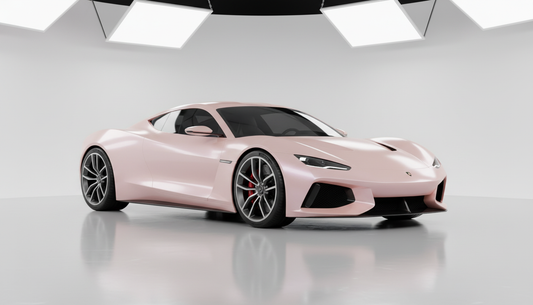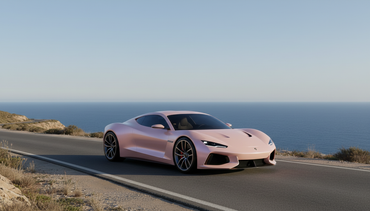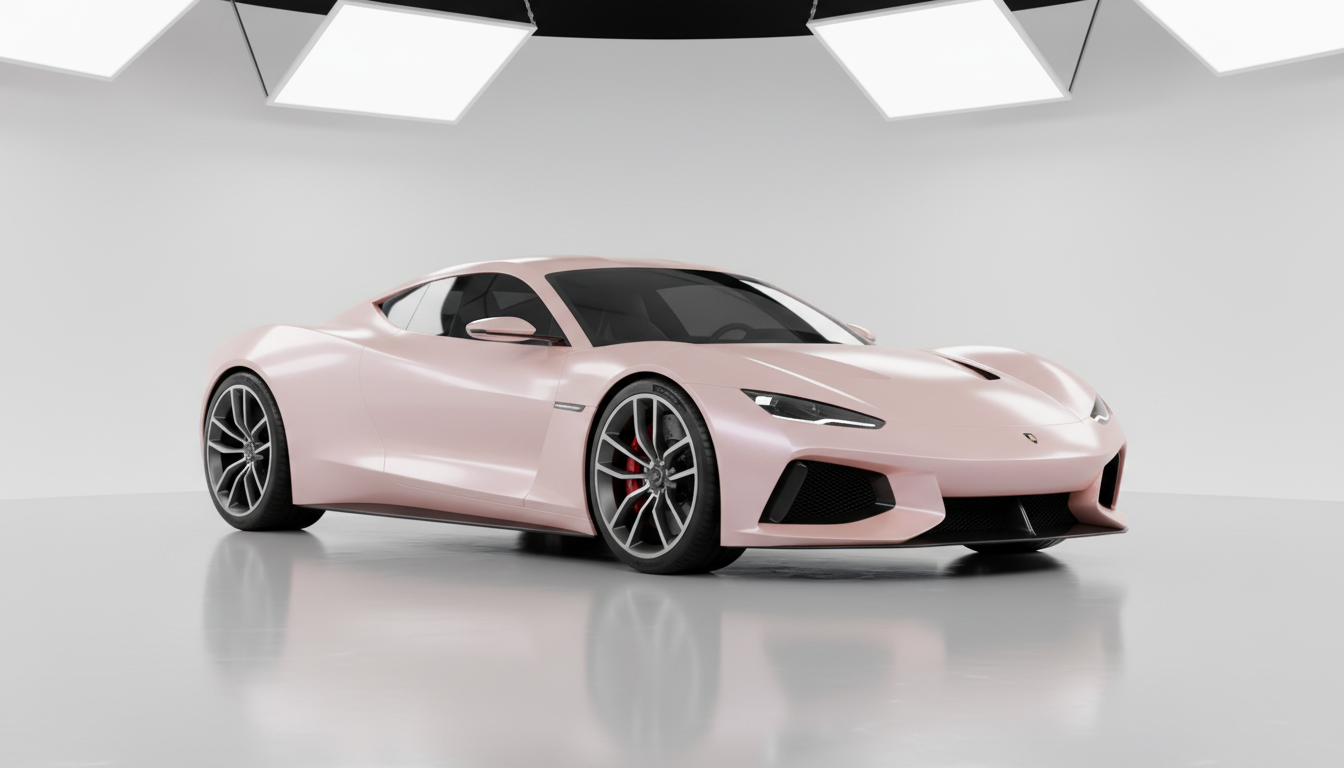What is Paint Protection Film (PPF)?
Paint protection film, commonly called PPF or clear bra, is a transparent thermoplastic polyurethane (TPU) layer applied to vehicle surfaces. The film acts as a sacrificial barrier, absorbing scratches, rock chips, and other damage that would otherwise harm your car's paint.
Modern PPF offers several advanced features:
- Self-healing properties that eliminate minor scratches with heat
- UV protection preventing paint fade and oxidation
- Hydrophobic coating for easy cleaning and maintenance
- Crystal-clear finish maintaining original paint appearance
TPU Paint Protection Film Technology
Sailifilm's TPU paint protection wrap collection represents the cutting edge of automotive protection technology. Our TPU-based films deliver superior durability, optical clarity, and self-healing capabilities that outperform traditional PVC alternatives.
The thermoplastic polyurethane construction provides:
- Enhanced flexibility for complex vehicle contours
- Impact resistance against road debris and environmental hazards
- Chemical resistance to automotive fluids and environmental contaminants
- Long-term stability with minimal yellowing or degradation
Professional PPF Installation Process
Pre-Installation Preparation
Successful paint protection film installation begins with meticulous preparation. The vehicle surface must be thoroughly cleaned and inspected before film application.
Surface Preparation Steps:
- Complete vehicle wash removing all dirt, wax, and contaminants
- Paint decontamination using clay bar or iron removal products
- Surface inspection identifying existing scratches or imperfections
- Paint correction if necessary to achieve smooth surface
- Final cleaning with isopropyl alcohol solution
Installation Environment Requirements
Professional PPF installation requires controlled environmental conditions to ensure optimal adhesion and finish quality. Key requirements include:
- Temperature control: 65-75°F (18-24°C) ambient temperature
- Humidity management: 40-60% relative humidity
- Dust-free environment: filtered air circulation and clean workspace
- Proper lighting: sufficient illumination for precise alignment
Step-by-Step Installation Process
1. Pattern Cutting and Preparation
Modern PPF installation eliminates manual cutting through precision-cut technology using advanced software that ensures perfect fit for every vehicle contour. Professional installers use computer-guided templates for accuracy and consistency.
For Sailifilm's colored paint protection film, precise cutting becomes even more critical to maintain color consistency and visual appeal across panels.
2. Wet Application Method
The wet application method remains the gold standard for professional PPF installation:
Application Solution: Mix installation fluid (typically soap and water solution) to provide slip and positioning capability
Film Positioning: Place pre-cut PPF panel with backing paper removed, using application fluid to prevent premature adhesion
Bubble Elimination: Use professional squeegees to remove air bubbles and excess fluid, working from center outward
Edge Sealing: Carefully seal all edges to prevent lifting and ensure long-term adhesion
3. Heat Application and Conforming
Professional heat guns and steamers help PPF conform to complex vehicle surfaces:
- Temperature control: 120-140°F (49-60°C) for optimal film flexibility
- Gradual heating: Avoid overheating that can damage film or adhesive
- Stretch techniques: Carefully stretch film around curves and recesses
- Post-heating: Final heat application to activate adhesive and eliminate stress points
Installation Areas and Coverage Options
Full Front End Protection
Complete front-end PPF installation typically includes:
- Hood coverage: Full hood protection against stone chips and environmental damage
- Bumper protection: Front bumper coverage including lower air dam areas
- Fender coverage: Front fender protection extending behind wheel wells
- Headlight protection: Clear film application to prevent yellowing and pitting
- Mirror coverage: Side mirror protection against road debris
Comprehensive Vehicle Protection
Full vehicle PPF installation provides maximum protection:
- Complete panel coverage including doors, quarter panels, and roof
- Trunk and rear bumper protection against loading damage
- Rocker panel coverage preventing stone chip damage
- A-pillar protection maintaining clear sight lines
Sailifilm's comprehensive product range offers solutions for every protection need, from targeted high-impact areas to complete vehicle coverage.
Advanced PPF Technologies and Finishes
Self-Healing Paint Protection Film
2025 has brought some wildly cool innovations to the PPF space, including advanced self-healing properties where minor scratches and swirl marks vanish when exposed to heat or sunlight.
The self-healing mechanism works through:
- Molecular memory: TPU polymer chains return to original position when heated
- Temperature activation: Sunlight or warm water triggers healing process
- Micro-scratch elimination: Removes swirl marks and light surface scratches
- Maintained clarity: Preserves optical properties throughout film life
Colored and Specialty PPF Options
Beyond traditional clear protection, modern PPF offers aesthetic enhancement:
Ultra Matte Wrap: Provides protection while transforming vehicle appearance to sophisticated matte finish
Liquid Chrome Wrap: Combines maximum protection with eye-catching metallic appearance
Rainbow Laser Vinyl Wrap: Offers unique holographic effects while maintaining protective properties
Color-Matched Protection Films
Sailifilm's extensive color collection includes:
- Black wraps for stealth protection
- White wraps maintaining factory appearance
- Silver wraps complementing metallic paint
- Blue wraps for custom color matching
PPF Installation Tools and Equipment
Essential Installation Tools
Professional PPF installation requires specialized tools:
Wrapping tools designed specifically for film application:
- Heat guns: Variable temperature control for precise heating
- Squeegees: Various hardness levels for different application stages
- Cutting tools: Sharp blades for precise trimming
- Application fluid: Professional-grade solutions for wet installation
Quality Assurance Equipment
Professional installations utilize:
- Infrared thermometers: Monitoring surface and film temperatures
- Tension meters: Ensuring proper film stretch and stress distribution
- Light boxes: Revealing any imperfections or contamination
- Curing lamps: Accelerating adhesive curing process
Installation Challenges and Solutions
Complex Contour Management
Modern vehicles present installation challenges:
- Deep recesses: Requiring careful stretching and forming techniques
- Sharp edges: Demanding precise cutting and sealing methods
- Compound curves: Needing gradual heating and patient application
- Texture matching: Maintaining original surface appearance
Weather and Environmental Factors
Professional installers must account for environmental variables that affect film performance and installation success:
- Temperature fluctuations: Affecting adhesive performance and film flexibility
- Humidity variations: Impacting curing time and adhesion quality
- Dust contamination: Requiring clean room installation environments
- UV exposure: Considering long-term film stability and performance
PPF Maintenance and Longevity
Post-Installation Care
Proper maintenance ensures maximum PPF lifespan:
- Initial curing period: 48-72 hours before washing
- Gentle cleaning: pH-neutral soaps and microfiber cloths
- Regular inspection: Monthly checks for lifting or damage
- Professional maintenance: Annual inspections and resealing if needed
Expected Lifespan and Warranty
High-quality PPF installations can last a decade with minimal maintenance on daily-driven vehicles:
- Premium TPU films: 10-12 year lifespan with proper care
- UV stability: Minimal yellowing or degradation over time
- Self-healing durability: Maintained properties throughout film life
- Warranty coverage: Comprehensive protection against defects and premature failure
Cost Considerations and ROI
Installation Investment
Professional PPF installation costs vary significantly based on coverage area and film quality, with full front-end protection ranging from $2,000 to $2,500 for premium films.
Cost factors include:
- Coverage area: Partial vs. full vehicle protection
- Film quality: Premium TPU vs. standard PVC options
- Installation complexity: Simple panels vs. complex contours
- Regional variations: Labor costs and market demand
Return on Investment
PPF installation provides measurable returns:
- Paint preservation: Maintaining factory finish quality
- Resale value protection: Higher trade-in and sale values
- Maintenance reduction: Easier cleaning and reduced polishing needs
- Damage prevention: Avoiding costly paint repairs and refinishing
Choosing the Right PPF Installer
Installer Qualifications
Professional PPF installers require specialized training and certification to achieve consistent, high-quality results:
- Manufacturer certification: Training from film manufacturers
- Experience level: Years of professional installation experience
- Quality portfolio: Examples of previous work and customer references
- Warranty support: Comprehensive installation warranties and service support
Installation Quality Indicators
Identifying professional installation quality:
- Edge sealing: Clean, properly sealed edges without lifting
- Bubble-free application: Smooth surface without trapped air
- Contour conformity: Proper film adherence to vehicle curves
- Color consistency: Uniform appearance across all panels
Future of PPF Technology
Emerging Innovations
Graphene-infused coatings are being increasingly applied over PPF to significantly enhance performance, delivering superior gloss, exceptional hydrophobicity, and enhanced UV resistance.
Next-generation features:
- Smart films: Temperature-responsive and self-diagnosing capabilities
- Enhanced durability: 15+ year lifespan with improved performance
- Sustainable materials: Recyclable and bio-based TPU formulations
- Integrated sensors: Real-time monitoring of film condition and performance
Market Growth and Opportunities
The global paint protection film market is projected to reach USD 838.1 million by 2032, with North America expected to be the fastest-growing region at 19.5% share.
Growth drivers include:
- EV market expansion: Increasing demand for premium vehicle protection
- Luxury vehicle growth: Rising ownership of high-value vehicles
- Technology advancement: Improved film performance and installation methods
- Consumer awareness: Growing understanding of PPF benefits and ROI
Conclusion
Paint protection film installation represents the pinnacle of automotive protection technology. With proper installation techniques, quality materials, and professional expertise, PPF provides unmatched protection for vehicle paint while maintaining aesthetic appeal.
Sailifilm's comprehensive product range offers solutions for every protection need, from basic coverage to complete vehicle transformation. Our advanced TPU formulations, precision-cut patterns, and professional-grade materials ensure optimal results for both installers and vehicle owners.
The investment in professional PPF installation pays dividends through preserved paint quality, enhanced vehicle value, and reduced maintenance requirements. As technology continues advancing and market demand grows, paint protection film remains the smart choice for serious vehicle protection.
For more information about automotive protection solutions, visit industry resources and manufacturer specifications. Professional installation techniques continue evolving with new technologies and materials.
Whether protecting a daily driver or preserving a classic vehicle, proper PPF installation ensures your investment remains protected for years to come. Contact certified installers to discuss your specific protection needs and explore the full range of available options.
Vehicle Wrap Design Considerations
PPF vs Ceramic Coating Comparison
Automotive Film Maintenance Guide
Color Matching for Paint Protection
Installation Tool Selection Guide
